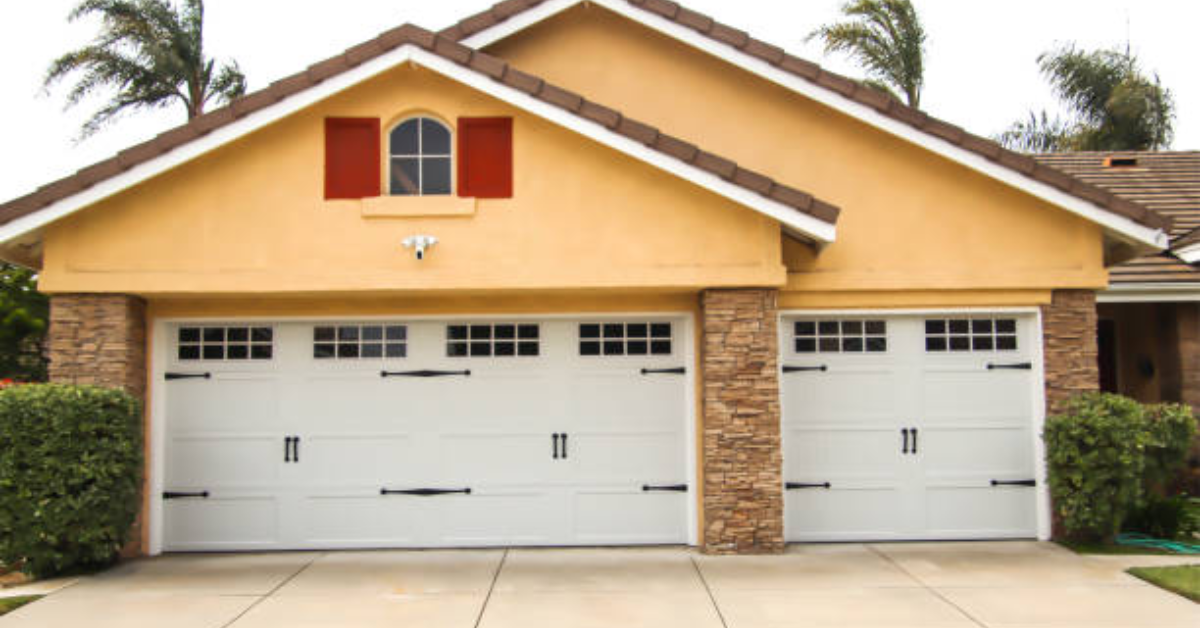Why Is My Guardian Garage Door Opener Beeping
If your Guardian garage door opener is beeping, it’s not something you should ignore. While it might seem like an annoyance, the beeping serves as a helpful signal to alert you of potential issues or necessary maintenance. Understanding the cause of the beeping can save you time, money, and ensure the smooth operation of your garage door. This article explores the common reasons for the beeping, how to address them, and ways to prevent future issues.
Common Reasons for Beeping in Guardian Garage Door Openers
1. Battery Backup Alert
Many Guardian garage door openers come equipped with a battery backup feature to keep the door functional during power outages. A beeping sound often indicates that:
- The battery is low: If the backup battery is running out of charge, the opener will beep periodically to notify you.
- Battery needs replacement: If the battery is old or has stopped functioning, you’ll hear a continuous or frequent beep until it’s replaced.
Solution: Check the battery status indicator on your opener. If it’s flashing red or not lighting up, replace the battery with a compatible one as per the manufacturer’s recommendations.
2. Power Supply Issues
Guardian garage door openers rely on a stable power supply. Beeping might occur when:
- The opener is running on battery power: This could happen if your home has experienced a power outage or if there’s an issue with the outlet.
- Power surge or fault: Electrical disturbances can cause the opener to switch to backup power temporarily.
Solution: Ensure the opener is properly plugged in and the outlet is functioning. Reset the system if needed and verify that the power supply is consistent.
3. Obstruction in the Door's Path
Safety sensors are a key feature in modern garage door openers. They detect any obstructions in the door's path and prevent the door from closing to avoid accidents. A beeping sound might indicate:
- Blocked sensors: Dust, dirt, or debris could obstruct the sensor’s line of sight.
- Misaligned sensors: If the sensors aren’t properly aligned, they might falsely detect an obstruction.
Solution: Clean the sensors with a soft cloth and ensure they are aligned correctly. Look for the indicator light on the sensors—if it’s solid, they’re functioning well.
4. Maintenance Reminder
Some Guardian models are programmed to beep as a reminder for routine maintenance. This feature ensures that the system is kept in optimal working condition.
Solution: Conduct a thorough inspection of the garage door components, including the tracks, rollers, and cables. Lubricate moving parts and tighten any loose screws or bolts.
5. Error Code or Malfunction
Beeping can be a sign of a malfunction or error within the system. Guardian openers often display error codes in conjunction with the beeping.
Solution: Refer to your user manual to decode the error message. Common fixes include resetting the opener or recalibrating the system.
6. Remote Control or Keypad Issues
If the remote control or keypad battery is running low, it might cause the opener to beep.
Solution: Replace the batteries in the remote or keypad and test the functionality.
How to Stop the Beeping
While it’s essential to address the underlying cause of the beeping, here are some general steps to silence it temporarily:
- Reset the Garage Door Opener: Press and hold the reset button on your Guardian opener for a few seconds.
- Disable the Beep (if applicable): Some models allow you to mute the sound through the control panel or app.
- Check for Error Codes: Identify and address any errors displayed on the opener.
Preventive Maintenance Tips for Guardian Garage Door Openers
Regular maintenance can help you avoid unexpected beeping and extend the lifespan of your garage door opener:
- Inspect the System Monthly: Check for signs of wear and tear on all components.
- Replace Batteries Promptly: Ensure that both the backup battery and remote/keypad batteries are in good condition.
- Keep Sensors Clean and Aligned: Dust and debris can interfere with sensor functionality.
- Lubricate Moving Parts: Use a silicone-based lubricant to maintain the smooth operation of tracks, rollers, and hinges.
- Test the Safety Reversal Mechanism: Place an object in the door’s path to ensure it reverses properly.
When to Call a Professional
If the beeping persists despite your efforts to fix it, it might be time to call a professional technician. Persistent issues like wiring problems, motor malfunctions, or software glitches require expert intervention to avoid further damage.
Final Thoughts
A beeping Guardian garage door opener is more than just a nuisance; it’s a helpful alert system designed to notify you of issues that need attention. Whether it’s a low battery, a maintenance reminder, or an error code, understanding the cause of the beeping can help you address the problem efficiently. Regular maintenance, timely repairs, and proper usage can ensure your opener functions flawlessly for years to come. If in doubt, don’t hesitate to seek professional assistance to keep your garage door safe and operational.




